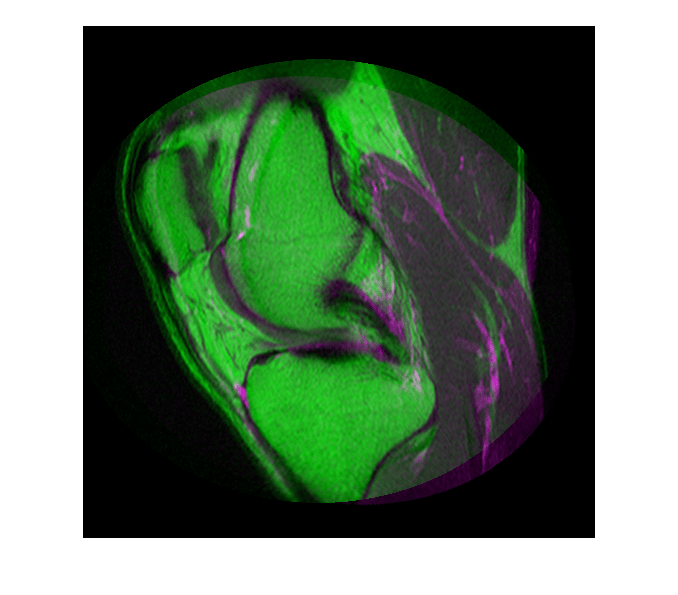imregconfig
Configurations for intensity-based registration
Description
[
creates optimizer,metric]
= imregconfig(modality)optimizer and metric
configurations that you pass to imregister to perform
intensity-based image registration, where modality specifies
the image capture modality.
Examples
Input Arguments
Output Arguments
Tips
imregconfigreturnsoptimizerandmetricwith default settings to provide a basic registration configuration. If you adjust the optimizer or metric properties, then the registration results can improve. For example, if you increase the number of iterations in the optimizer, reduce the optimizer step size, or change the number of samples in a stochastic metric, the registration improves to a point, at the expense of performance.



